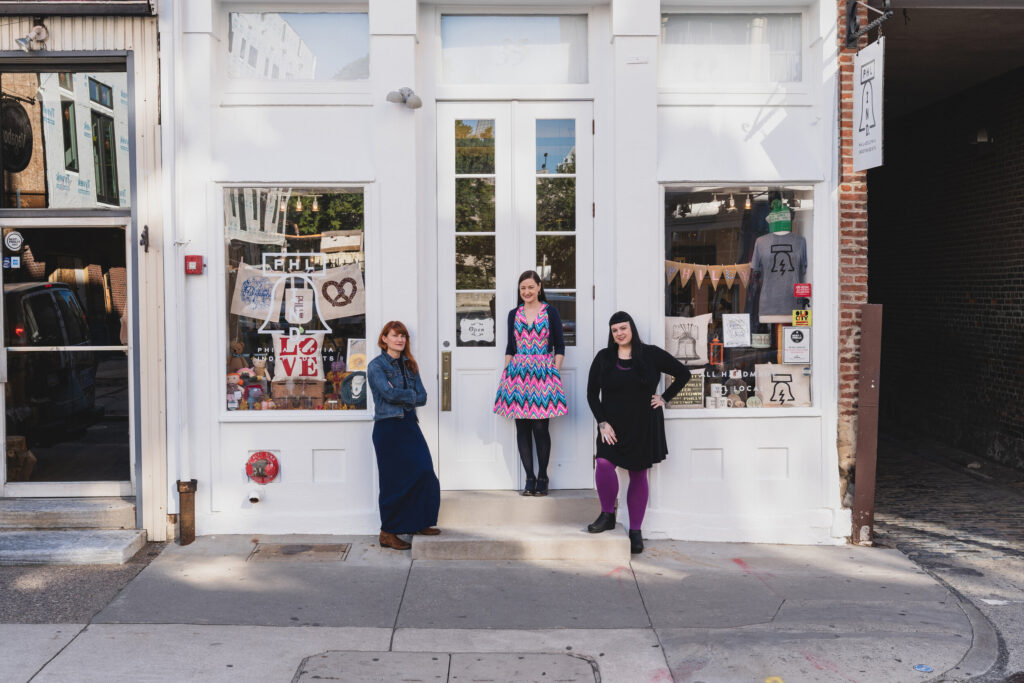By Meenal Raval
You tune up your bike each year, right? And your car? So, why not buildings?
By improving the energy efficiency of our buildings, a report by the American Council for an Energy Efficient Economy claims our country could reduce emissions by 33 percent.
This may be because when contractors design buildings, their primary priorities are function, comfort and ease of use—not energy efficiency, according to Dianne Herrin.
Herrin, the vice president of Practical Energy Solutions, an energy consulting group based in West Chester, says energy efficiency is more than switching to LED lighting and controls. Typically, building systems are designed to function reliably, but not necessarily efficiently.
An efficiency professional like Herrin can also check if a building is performing as designed once built.
“Per our experience, with 12 years in the business, existing buildings, regardless of [the] age of [the] building or system, rarely has efficiency not reduced the energy use of a building,” she says.
“Even buildings certified as LEED … could be wasting energy because they’re complicated to manage,” she continues. “You can’t know until you measure it.”
For new buildings, she says energy consultants can work with contractors to use building simulation modeling to hash out the “impact of design changes on energy use” before the building is built.
Herrin, who has been following the climate crisis for three decades, also mused that smart buildings—commercial buildings with centralized control systems that allow the facility manager to adjust settings based on occupancy—are a game-changer in terms of energy efficiency. They allow systems to run only when there are people present. And, she adds, “not running when you don’t need it.”
While Herrin says the 33 percent emissions reduction is realistic, I think the report’s numbers are very conservative, and that we can reduce energy use much faster.
Last year, I called in the PECO Smart Ideas team to look at the electricity used by my bike shop, Philly Electric Wheels. The assessor suggested replacing our lighting fixtures, which would allow us to recoup the cost within a year from reduced electric bills. I can now verify their claim, and add that our electricity usage was reduced by more than 30 percent from lighting changes alone.
Currently, there is a bill being discussed in City Council that would require owners of large buildings to tune up energy and water systems in their buildings. If they exceed 50,000 square feet, the Building Energy Performance Policy bill would require properties such as office buildings, hospitals, schools and hotels with large carbon footprints to make their energy systems more efficient.
The larger buildings in our city use quite a lot of energy. Regularly checking on thermostats, motion sensors and HVAC systems could save money, use less energy and water, and reduce emissions.
Green Building United says it costs building owners between 8 and 12 cents per square foot to get this tuneup. According to the city’s 2017 Energy Benchmarking report, we have about 2,000 large buildings that are between 50,000 and 200,000 square feet. The new bill would result in building owners spending an estimated $14 million on efficiency. Nice, huh?










